Rabbits are one of the important parts of many families that have had the experience of caring for them just like other pets. Rabbits are prone to various problems and diseases, and some diseases are more common. However, good knowledge of them can prevent them from diseases.
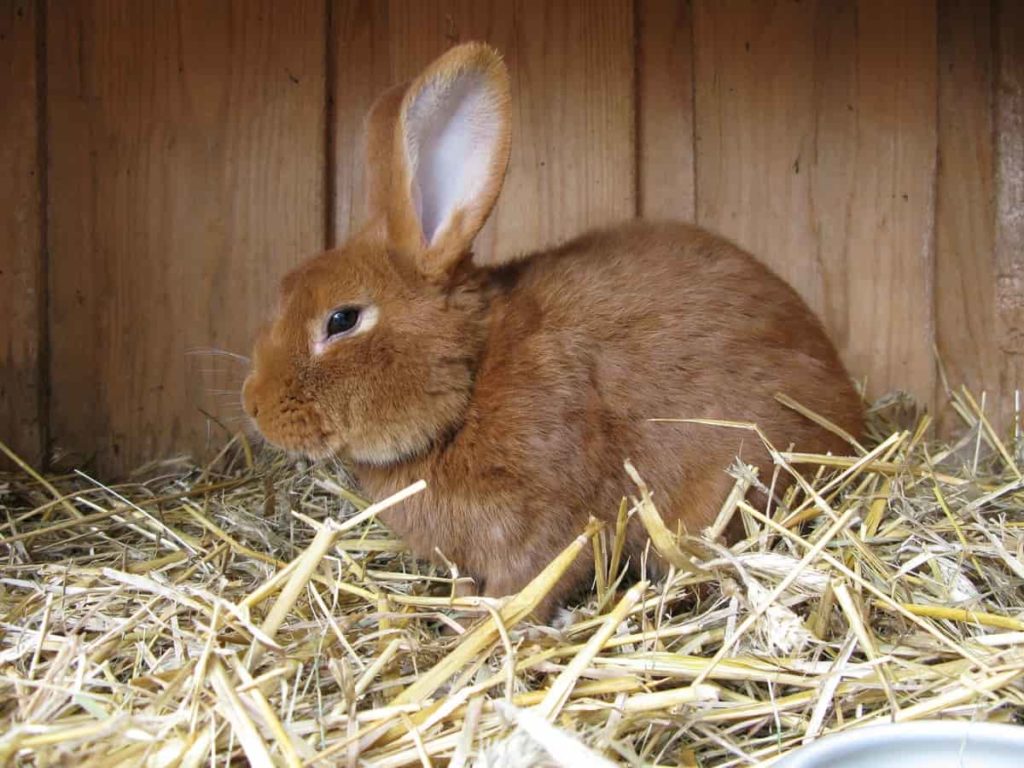
Common Rabbit diseases, symptoms, treatment
What are the most common diseases in rabbits?
Gastrointestinal (GI) Stasis
One of the most serious, common health issues a pet rabbit faces is gastrointestinal stasis. Gastrointestinal stasis can lead to death because the digestive system slows down or stops completely. Signs of GI stasis can occur suddenly or gradually. Affected rabbits will eat less or stop eating completely.
Their fecal pellets become smaller, drier, and eventually stop being produced. Affected rabbits will initially pass soft, pudding-like dung before their feces becomes small and dry. GI stasis will slow down the passage of food through the GI tract. This slowdown is due to a change in the population of bacteria normally living in the GI tract that digest rabbits’ food.
Dental disease
Dental disease is often referred to as an acquired dental genetic disease. This disease becomes rapidly unrepairable in rabbits because the rabbits have constantly grown teeth. The consequences are severe for an infected tooth or a poor diet lacking the balanced intake of building blocks for growing teeth.Rabbits with dental problems need veterinary observation. Most veterinarians who regularly treat rabbits use dental burrs on dental drills to file down the incisors and molars, often under anesthesia.
In case you missed it: Common Shrimp/Prawn Diseases, Symptoms, Treatment: Check How this Guide Helps Shrimp Farmers
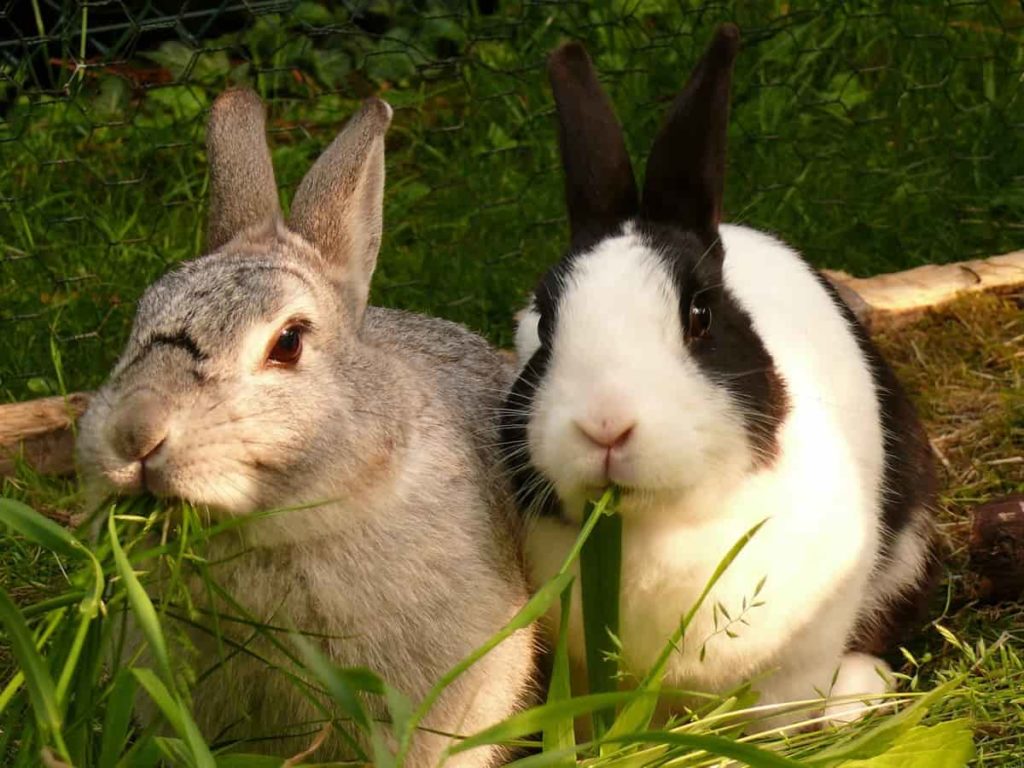
Uterine Tumors:
Cancer of the uterus is very commonly seen in rabbits; it is probably the single most common tumor in rabbits, even though it affects only females. It is usually highly aggressive and rapidly transmits to other abdominal organs and into the lungs. Uterine adenocarcinoma is a malignant tumor that arises from the secretory tissue that lines the inner cavity of the uterus.
It is one of the commonly seen cancers in rabbits, occurring in up to 60 percent of female rabbits. Uterine cancer spreads through the body when it becomes an advanced stage. Signs that may be seen are weight loss, reduced appetite, difficulty breathing, and generalized weakness. Uterine cancer spreads slowly, and it may take one to two years to conclude.
Head Tilt
A head tilt in a rabbit usually occurs of a problem inside the ear or brain. Inner ear infections and E. caniculi, a tiny parasite that causes swelling in the brain, are the two most common reasons for a rabbit’s head tilt. A rabbit’s head can lead the rabbit suddenly become rotated to one side and may even touch the floor. The eye on the head’s affected side could also droop and look painful. It’s always very clear that this condition is disorientating for rabbits, and they find it stressful to move their heads.
Most cases of head tilt are associated with a condition called torticollis. In rare conditions, a head tilt can be due to other causes such as hearing loss, misalignment of the eyes, a flowing back of stomach acid into the esophagus, a throat or lymph node infection, or, very uncommonly, a brain tumor.
Respiratory Tract Infections
Pasteurellosis is the primary respiratory disease affecting rabbits. The primary manifestations of this are upper respiratory infection. Other bacteria like Bordetella broniseptica and Staphylococcus spp are also significant opportunistic pathogens of this disease. Signs of lower respiratory tract disease include anorexia, depression, dyspnea, and cyanosis. The nostrils should be examined for discharge, but they may be absent due to the rabbit cleaning itself, so always examine the paws and medial aspects of the forelimb for fur matting.
The bacteria can live for days in moist secretions or water. This bacteria gains entry to the respiratory tract primarily through the nostrils and may colonize the paranasal sinuses, lacrimal ducts, thoracic organs, middle ears, and genitalia. Occasionally rabbits have chronic infections of internal tissues such as middle ears or lungs.
Moraxella catarrhalis
Moraxella catarrhalis is Another common respiratory pathogen in rabbits. This bacterium can also cause eye infections and is often found along with other respiratory problems causing pathogens. Moisture management & Cleanliness are key tools in controlling this disease. Symptoms include diarrhea, less appetite, weight loss, and bloating.
Stress is another factor that causes this disease. When rabbits are infected with this disease, hormones are released, which slow food movement through the digestive tract and the consumption of night feces which can lead to explosions of bad bacteria like clostridia, corynebacteria, Pasteurella, or E. coli.
How do I know if the rabbit has dental problems?
Rabbits have 28 permanent teeth. Their front teeth are typically the most noticeable, but rabbits also have molars and are susceptible to overgrowing. Rabbit’s teeth never stop growing. Rabbits with overgrown molars tend to hypersalivation, drool excessively, and can struggle to chew and swallow. Signs of rabbit dental disease can include less appetite, runny eyes, dropping food, wet chin or front legs, rubbing the face, facial swelling, and lack of grooming.
How to treat a respiratory infection in rabbits?
Suppose the rabbit is very unwell with a respiratory infection. In that case, it will need intensive care in a veterinarian until they start to improve and eat again. If the rabbit struggles to breathe, treatment will likely begin with supplying them oxygen, anti-inflammatories, and antibiotics. Systemic antibiotic therapy should be suggested for at least 7 to 14 days, but prolonged courses are often necessary. It may be up to 3 months in chronic disease. Antibiotic therapy can control and eliminate clinical signs of pasteurellosis but cannot eliminate the organism.
What disease is killing the rabbits?
Rabbit hemorrhagic disease generally kills rabbits without exhibiting signs of disease. This disease often leads to sudden death and blood discharge through the nose caused by internal bleeding. Subtle signs of illness in a rabbit can include slow movement, staying still or hiding away, high breathing than usual or noisy breathing, less appetite, and refusing certain foods. Drinking less water, producing less stool, and discharge from the eyes or saliva around the mouth or chin are also signs of this disease.
In case you missed it: Common Fish Diseases, Symptoms, and Treatment: Check How this Guide Helps Fish Farmers
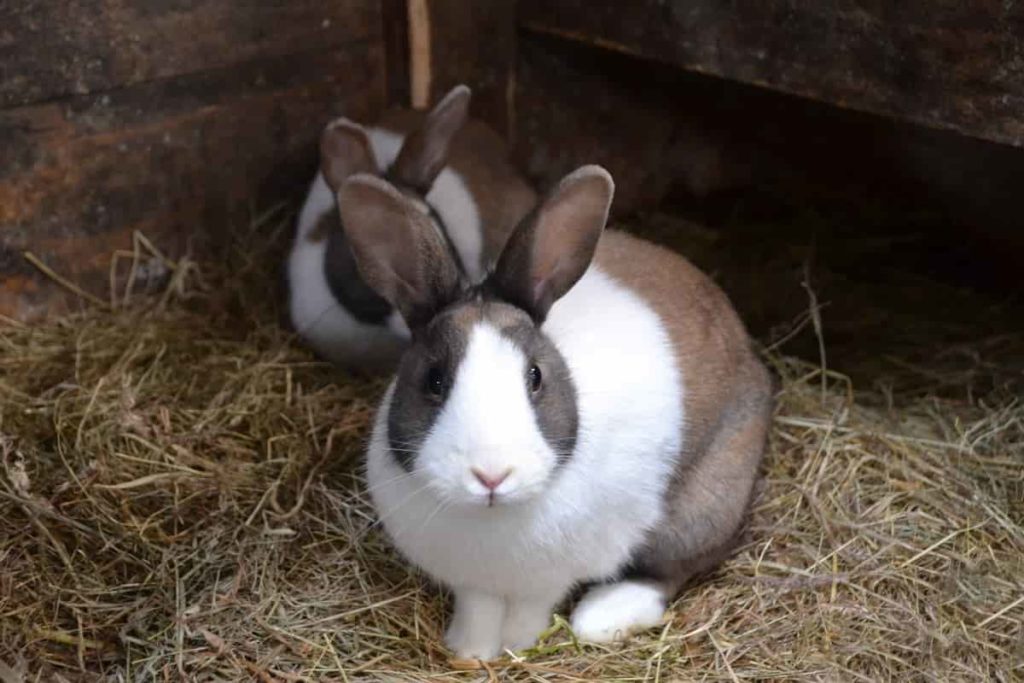
What are the three most common health problems of rabbits?
Two diseases of major concern in rabbits are Myxomatosis and Rabbit Haemorrhagic Disease. This serious and widespread disease put all rabbits to become seriously ill, and there is a chance that they may not recover.
Myxomatosis
Myxomatosis is a rabbit viral infection caused by a Poxvirus family member. It is deadly to rabbits, and the infected rabbit will almost die. This disease will be spread by mosquitoes and fleas that have bitten an infected rabbit. Direct contact with an infected rabbit can also spread the disease.
There are various symptoms that the rabbit could display if they have been infected by myxomatosis. These signs include swelling around the eyes and the ears, milky discharge from the eyes, runny nose, swelling around the genitals, loss of appetite, and will suffer from fever.
Calicivirus (Rabbit Haemorrhagic Disease Virus)
Rabbit Calicivirus is also known as rabbit hemorrhagic disease virus. It is a highly infectious viral disease that primarily affects the European rabbit. Viruses spread easily from wild rabbits to pets and usually lead to death. Signs include fever, restlessness, lethargy, poor appetite, and bleeding from the nose. Often infected rabbits will die suddenly without exhibiting any signs.
There is no known treatment available for these diseased rabbits. The affected rabbit may be treated symptomatically with regular fluid therapy, syringe feeding with water, and analgesia, but this disease often causes internal hemorrhages.
What does calicivirus look like in rabbits?
This Calicivirus virus is present in the saliva, nasal discharge, and urine & dung of infected rabbits. It is spread through direct contact or objects and green food. Biting insects are also thought to spread RHDV. Calicivirus will infect the liver and intestines and may cause bleeding. Most rabbits will die suddenly without exhibiting any symptoms. Other symptoms include fever, lethargy, poor appetite, and bleeding will be observed in some cases.
What is the common bacterial infection in rabbits?
Pasteurellosis disease is commonly observed in domestic rabbits. The etiologic agent is Pasteurella multocida, a gram-negative, nonmotile coccobacillus. Pasteurella multocida is bacteria that commonly results in abscesses, respiratory infections, and chronic inflammatory disease in rabbits. It can infect the nasolacrimal ducts, eyes, ears, and nose and cause tooth root abscesses, particularly in the jaw and tissues under the skin. This organism commonly causes infection in the upper respiratory tract, which frequently occurs in young rabbits.
What are the signs of myxomatosis in rabbits?
Affected rabbits may exhibit symptoms like swelling around the eyes and the ears, milky discharge from the eyes, runny nose, swelling around the genitals, patches of mange, lethargy, loss of appetite, and will suffer with fever.
What does the myxoma virus do to rabbits?
The myxoma virus causes myxomatosis, a poxvirus spread between rabbits by close contact and biting insects such as fleas and mosquitoes. The virus causes swelling and discharge from infected rabbits’ eyes, nose, and anogenital regions. Bites spread the virus from mosquitoes, flies, mites, and fleas. It is also infected through injuries caused by contaminated thorns, thistles, or direct contact with an infected rabbit.
In case you missed it: Common Sheep Diseases, Symptoms, and Treatment: Check How this Guide Helps Sheep Farmers
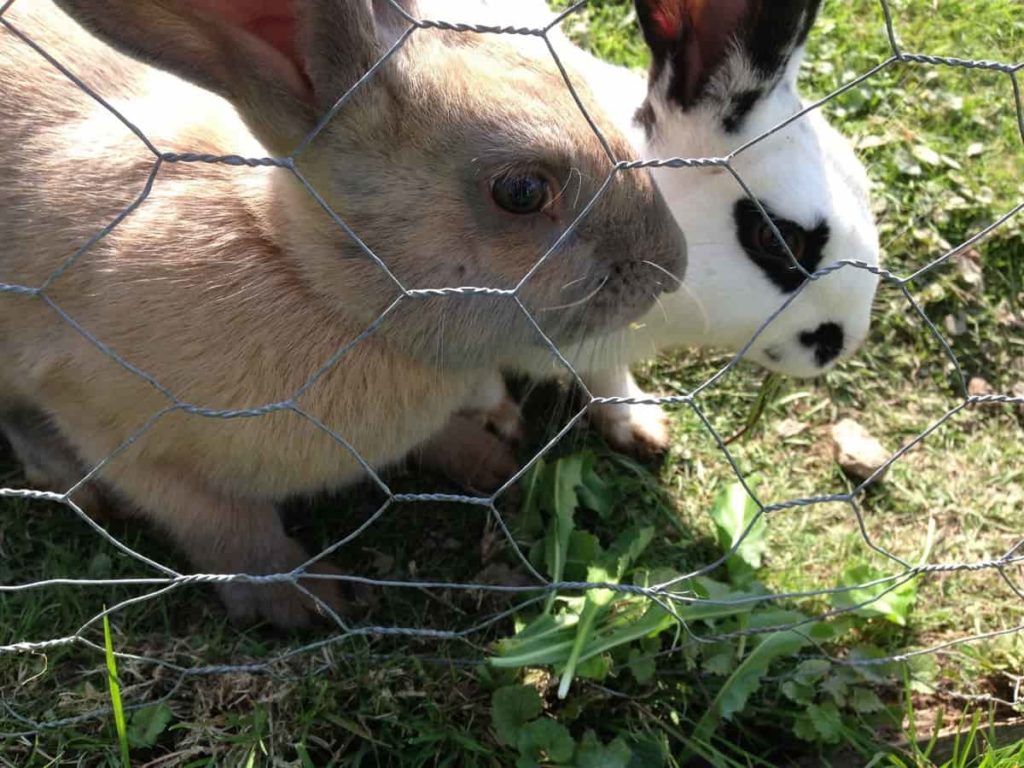
What is rabbit Pasteurella?
Pasteurella in rabbits is a common respiratory disease in rabbits causes snuffles. It can become a chronic problem that is difficult to control. Most of the time, these snuffles are mild, involving slight ocular or nasal discharge and sneezing. If this disease is caught early, it can be effectively treated or managed. This infection can become severe, chronic, and potentially fatal if left untreated. Treatment usually can be done through either oral or injectable antibiotics for a minimum of 2-4 weeks. Sometimes, treatment can be required for months, depending on the response to therapy.
How do I know if the rabbit has tularemia?
Tularemia is also called rabbit fever. It is a disease caused by the bacterium Francisella tularensis. This disease is found in animals, especially rodents, rabbits, and hares. Although wild and domestic animals can be infected, rabbits are most often involved in disease outbreaks. Affected animals with tularemia have lethargy, ulcers, abscesses, and stupor. Diseased rabbits show signs of enlarged organs with white lesions.
Can rabbits survive Pasteurella?
The strain of Pasteurella multocida is mild. If the rabbit has a strong immune system, it may recover without treatment. Still, it is likely to be a disease carrier, and the bacteria will permanently take up the nasal cavity. While infection with Pasteurella can have health effects, many rabbits have better immune systems that fight and kill the bacteria or at least keep it under control.
Can indoor rabbits get myxomatosis?
Myxomatosis is spread easily between rabbits by blood-sucking insects like fleas, ticks, mites, and mosquitoes. It spreads rapidly and can easily be passed on to domestic rabbits in the vicinity by parasites. The severity of outbreaks tends to vary, and there was quite a significant outbreak. Myxomatosis threatens all rabbits, but the greatest threat is to wild rabbits. Those domesticated rabbits that live indoors are at least risk but still susceptible.
What is rabbit Bordetella?
Bordetella bronchiseptica is a potential zoonotic pathogen that mainly causes respiratory diseases in Rabbits. B. bronchiseptica is one of the important pathogens isolated from rabbits in Fujian Province. In animals, the pathogen is also associated with respiratory diseases, such as canine infectious respiratory disease syndrome in dogs, tracheobronchitis in cats, and snuffles in rabbits. Antibiotics will play a key role in preventing and treating infections caused by B. bronchiseptica.
What is hepatic coccidiosis?
Hepatic coccidiosis is a contagious and lethal disease condition commonly seen in rabbits. The rabbits will affect coccidia by eating the feces of a rabbit that has passed coccidia cysts in its feces. A rabbit can get coccidia if it directly eats the contaminated feces of another infected rabbit. The disease affected rabbits suffering from watery diarrhoea. Clinically, affected rabbits showed decreased growth rate, anorexia, debilitation, diarrhea, and rough hair coat.
Treatment is with oral medication, and the most applicable in a pet rabbit situation is generally an anticoccidial agent. This medical agent is generally given for two days and then repeated five days later. A fecal sample is then retested at the end of the course to ensure the rabbit is no longer shedding the coccidia eggs.
How do you confirm if a rabbit has a fever?
Very cold or hot ears are a symptom of a fever or a drop in body temperature. This fever and other warning signs could warrant a trip to the veterinarian. Rabbits cannot sweat and are endangered to heat stroke. The only way to confirm a rabbit’s fever is by taking its rectal temperature. This temperature measurement is rarely done at home due to the stress-induced of taking the temperature measurement. Rabbits have very sensitive mucous membranes in their anus, which the thermometer can accidentally damage.
What is rabbit flu?
Tularemia is also called rabbit fever. The bacterium Francisella tularensis causes this disease and typically attacks the skin, eyes, lymph nodes, and lungs. Tularemia mainly affects rabbits, hares, and rodents, such as muskrats and squirrels. While treating the affected rabbit, keep the rabbit hydrated and warm. A syringe with water or soft foods can assist. Depending on the condition, the veterinarian will prescribe prescription medication to help your rabbit’s condition.
How do you know if the rabbit is about to die?
Signs that a rabbit is about to die include refusing to eat, an unusual lethargy, breathing difficulty, or a sudden change in vital signs. A rabbit’s body temperature should be between 38-40°C and a heart rate ranging from 180 to 250 beats per minute.
In case you missed it: Best Practices to Grow Taro Root at Home: Check How this Guide Helps Beginners
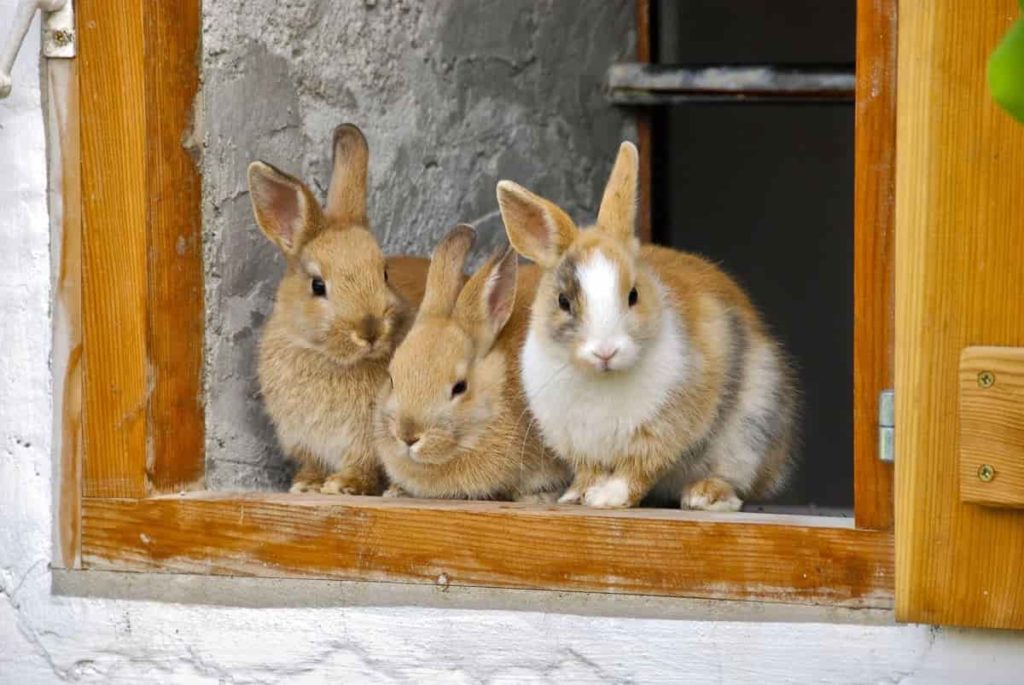
Why is my rabbit lethargic and not eating?
A gastrointestinal problem called ileus is the most common reason for rabbits’ appetite loss. The ileus is called the ileus when a rabbit’s intestines stop moving food through the colon and the rectum. A rabbit should always be eating and excreting, but the bacteria inside their intestines start producing excessive gas when they stop doing one or both of those things. This gas is painful and prevents your rabbit from wanting to eat more.
How do I know if the rabbit has a stomach ache?
Signs of abdominal pain may include teeth grinding, pressing their abdomen on the ground, or a hunched posture. General treatment includes rehydrating the rabbit and reintroducing a healthy gut microbial environment. Nursing also includes care to prevent secondary skin problems.
Is Pasteurella curable in rabbits?
Pasteurella infection is generally treated with antibiotics. Antibiotics in rabbits should be used with strict veterinary assistance, as antibiotics also kill the good bacteria in the rabbit gut. Fluids and supplemental nutrition need to be given to quite ill rabbits. Surgical drainage or excision of abscesses may be recommended as palliative care. If the rabbit has a strong immune system, the rabbit may recover without treatment.
How is rabbit flu treated?
Though rabbit snuffles are a serious condition caused due to rabbit flu, it’s relatively straightforward to treat and should clear up fairly quickly. Consult the veterinarian and will prescribe antibiotics, and may also recommend a nebulizer that lets your sick rabbit inhale the medication into the lungs.
What can I give my rabbit to stop diarrhea?
Stop feeding with vegetables, fruits, and other foods, and provide fresh water regularly. Consult a veterinarian if soft stools are mixed in with normal fecal matter. A proper diet is critical for prevention. Treating diarrhea in rabbits involves identifying and treating the cause, if possible. If the affected rabbit stops eating or producing normal fecal pellets, consult a veterinarian immediately.
How do I know if the rabbit has pneumonia?
Pneumonia is commonly seen in pet rabbits. Frequently, it is a complicating factor in the enteritis complex. The cause of this disease is typically P multocida, but other bacteria such as Klebsiella pneumonia, Bordetella bronchiseptica, Staphylococcus aureus, and pneumococci will also cause this disease. Pneumonia occurs when severe lung inflammation leads to problems in the respiratory system.
This inflammation happens due to a bacterial, parasitic, fungal, or viral infection or because the rabbit has inhaled a foreign object into the rabbit’s lung. Eye discharge, facial abscesses, difficulty breathing, and coughing are usually symptoms in rabbits.
In case you missed it: Common Dairy Cattle Diseases, Symptoms, and Treatment: Check How this Guide Helps Dairy Farmers
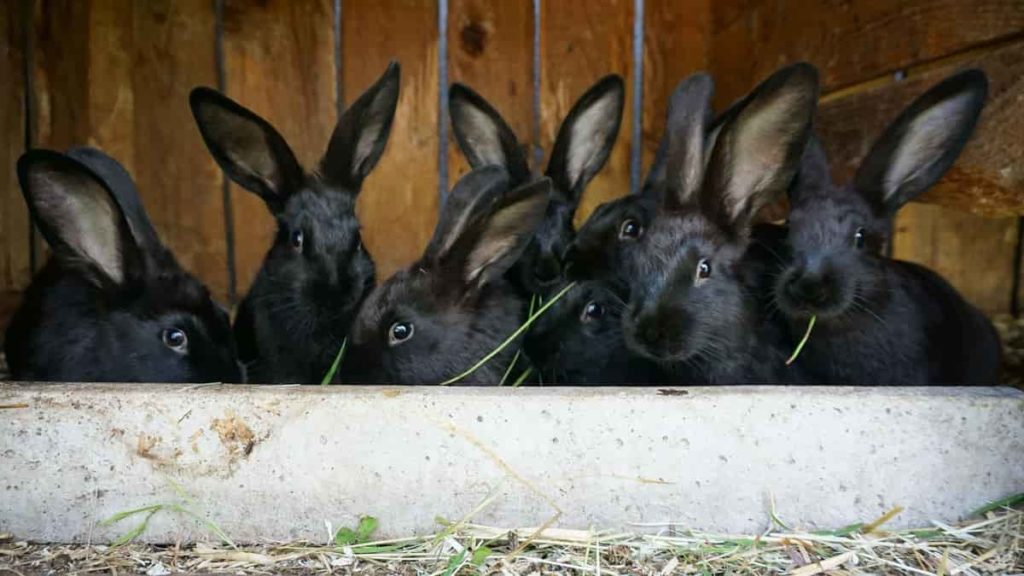
Conclusion
Regular vaccination is the only way to ensure that rabbits are protected from these diseases, and it’s really important that keep up to date with rabbit vaccinations. Regularly clean and disinfect rabbits’ enclosures and any areas that your rabbits access; using a rabbit-safe disinfectant can also reduce the transmission of diseases.
- Management Pests and Diseases in Your Cotton Field
- Sheep Farming Business Plan for Beginners
- Aquaponic Farming at Home: A Step-By-Step Guide
- Profitable Village Farming Business Ideas in 2024
- High-Yield Aquaculture: Fast-Growing Fish for Farming
- Effective Fish Pond Construction Techniques for Beginners
- Irrigation and Water Management in Pineapple Farming
- Blossom to Harvest: Mastering Flowering and Pollination in Papaya Farming
- Pig Fattening Essentials: From Selection to Sale for Beginners
- Raising Wagyu Cattle: A Complete Guide for Premium Beef Production
- Soil Types and Their Water Holding Capacity
- Optimizing Irrigation Schedules for Coconut Groves for Enhanced Yield
- Espresso Your Garden: Coffee Grounds for Healthier Acid-Loving Plants
- The Best Soil Mix for Snake Plants: How to Mix Your Own Snake Plant Soil
- Green Thumb Success: Expert Tips for Cultivating Greenhouse Beans All Year Round
- Bloom All Year Round: The Ultimate Guide to Indoor Hyacinth Care
- Eco-Friendly Gardening: How to Make Liquid Fertilizer from Kitchen Waste
- Ultimate Guide to Grow Anise in Pots: Explore Seed Propagation to Harvesting
- Guide to Raising Chester White Pigs: Discover Breed Facts to Growth Management
- Mastering the Elegance: The Ultimate Guide to Weeping Cherry Tree Care, Planting, and Maintenance
- Ultimate Guide to Planting Garlic in Grow Bags: Growing Strategies for Beginners
- How to Fix Spider Plant Leaf-Related Problems: Natural and Organic Remedies
- 10 Reasons Why Your Tulsi Plant is Shedding Leaves: Home Remedies and Solutions
- Optimizing Growth and Yield: The Advantages of Palm Bunch Ash Fertilizer
- Utilizing Neem Oil Extract as a Natural Pesticide for Hydrangea
- From Soil to Harvest: Various Ways in Which Farmers Can Use AI Tools
- Steps to Encourage and Induce Citrus Flowers: A Comprehensive Guide
- How to Fix Snake Plant Leaf-Related Issues: Natural and Organic Remedies
- Transform Your Garden into a Fragrant Oasis with Raat Ki Rani (Night Blooming Jasmine)
- Discover the Ideal Chicken Breeds for Philippine Farms
- How to Create a Poultry Egg Farm Business Plan for Profits
- Grow Lemon Cucumbers Like a Pro: Insider Techniques for Bountiful Yields
- Ultimate Guide to Caring for Your Pink Princess Philodendron: Tips for Thriving Variegation
- Areca Nut Profit Per Acre: Calculating Yield and Cost of Cultivation
- How Kaveri Chicken is Becoming a More Profitable Breed in Indian Backyards
- Transform Your Barn: 9 Steps to Convert a Horse Stall into a Chicken Coop
